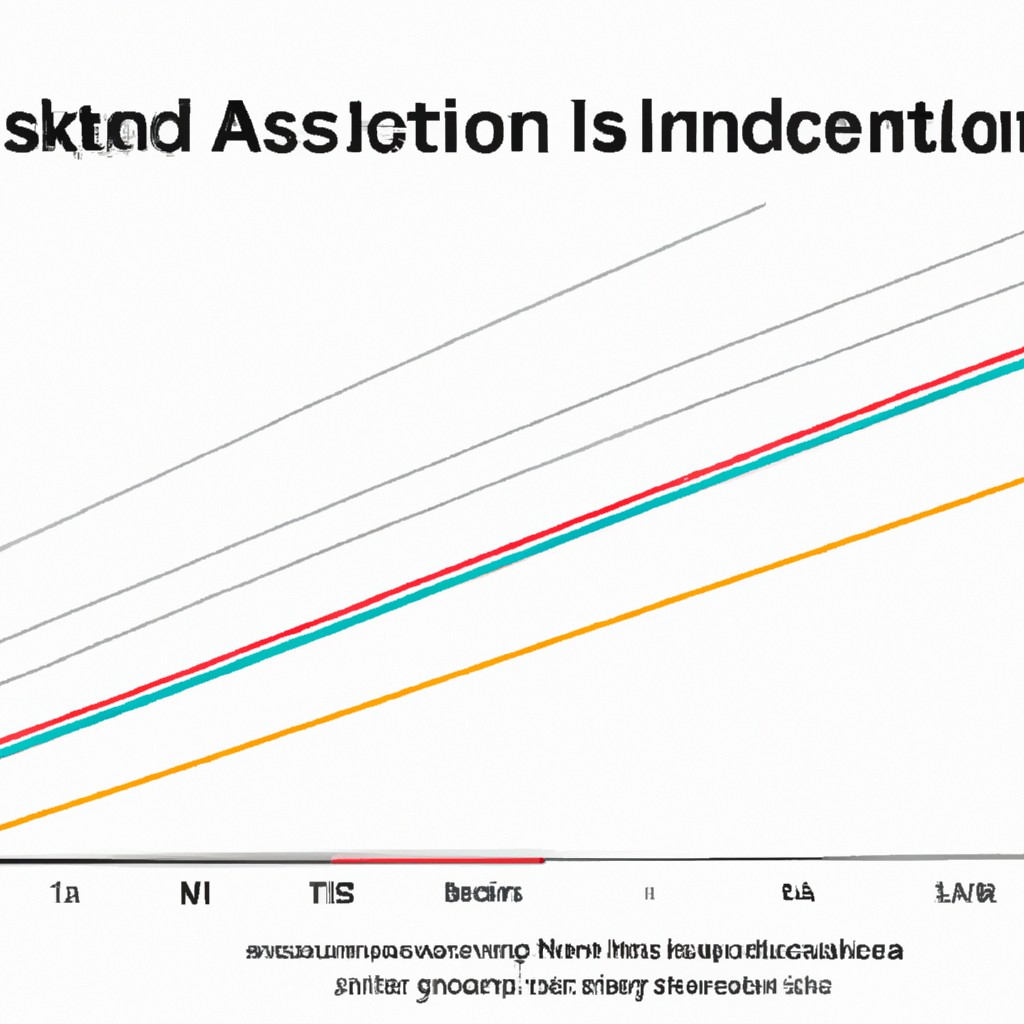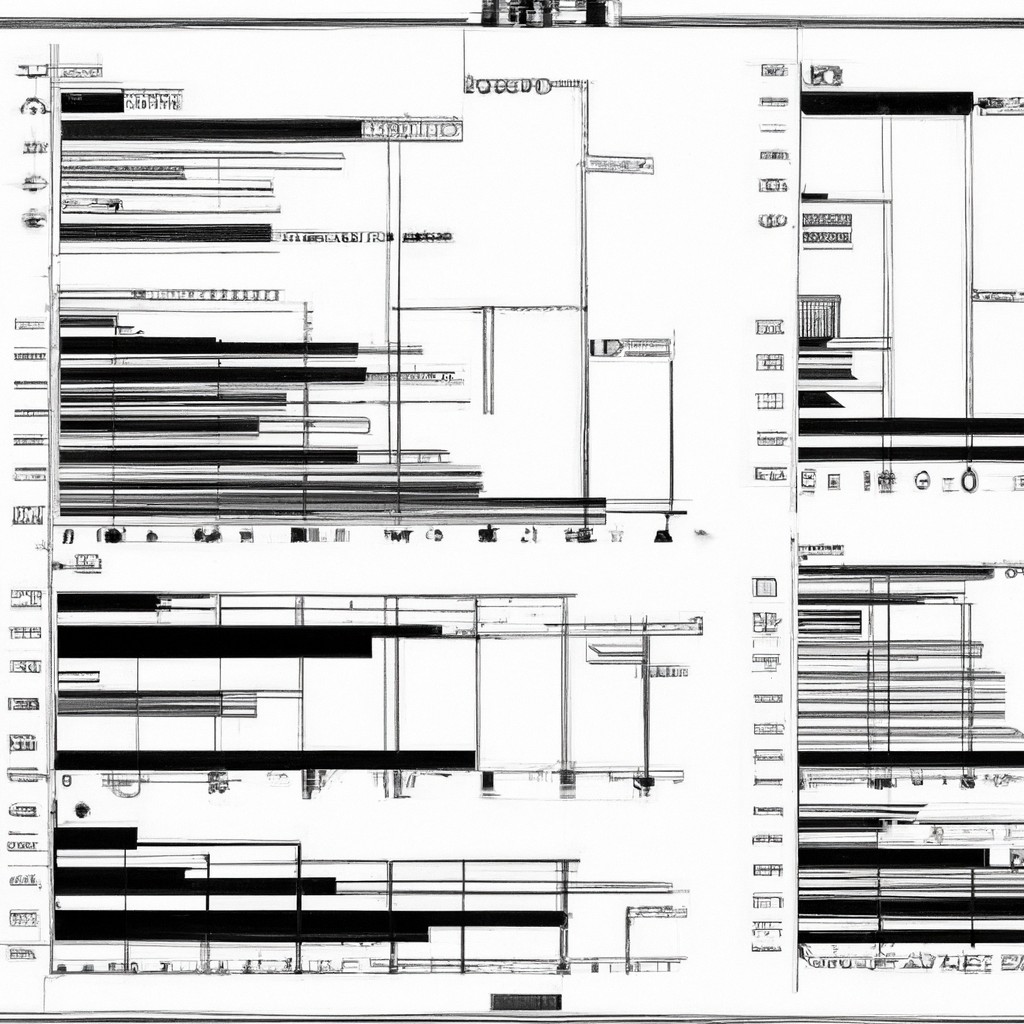Assumptions and requirements of the Atkinson index

The Atkinson index is a measure used to evaluate income inequality, making assumptions that individuals' utility depends solely on their income levels. It relies on three key requirements: welfare dominance, symmetry, and the Pigou-Dalton principle. Welfare dominance asserts that a redistribution policy is desirable if it increases the welfare of individuals with lower incomes. Symmetry means that the index treats income reductions and increases equally. Lastly, the Pigou-Dalton principle states that income transfers from richer to poorer individuals should decrease inequality. While the Atkinson index offers valuable insights into income inequality, it's important to acknowledge its assumptions and requirements to properly interpret and apply its results.
Read more
Applications of Atkinson Index

The Atkinson Index is a useful tool in measuring income inequality within a population. It calculates the extent to which a society's income distribution deviates from perfect equality. This index takes into account the relative income of the rich and poor, with higher values indicating greater inequality. Policymakers can use the Atkinson Index to assess the effectiveness of redistribution policies and make informed decisions. By analyzing this measure, they can identify areas of concern and develop strategies to address inequality and promote social justice. The Atkinson Index provides valuable insights into the distribution of income and helps policymakers create a fairer and more equitable society.
Read more
Alternative measures to complement the Atkinson index.

The Atkinson index is a commonly used measure to assess income inequality. However, it has limitations that can be addressed by considering alternative measures. One option is the Gini coefficient, which provides a broader perspective on income distribution. Another alternative is the Palma ratio, which focuses on the ratio of income shares between the top and bottom 40% of the population. Implementing these measures in conjunction with the Atkinson index can provide a more comprehensive understanding of income inequality. By examining multiple measures, policymakers and researchers can better identify and address disparities in income distribution, ultimately working towards a more equitable society.
Read more
Social applications of Theil index

The Theil index, in its social applications, helps measure inequality within a specific population. It considers both within-group inequality and between-group inequality. For example, in education, it can assess the distribution of educational resources across different demographic groups. This information helps policymakers identify areas that require intervention to ensure equal access and opportunity for all. Additionally, in health, the Theil index can analyze disparities in healthcare outcomes based on factors such as age, gender, or socioeconomic status. These insights guide the development of targeted programs and policies to address inequities and improve overall social well-being. Overall, the Theil index serves as a valuable tool in understanding and addressing societal inequalities.
Read more
Potential biases in Theil index

Potential biases can arise when using the Theil Index to measure income inequality. One possible bias is that the index does not account for differences in living costs between regions. This means that areas with higher costs of living may appear more unequal, even if incomes are actually similar. Another bias is that the index assumes equal weighting of each income group, which may not reflect the true distribution of income. Additionally, the index does not consider non-monetary factors such as access to public services or quality of education. These biases highlight the need for caution when interpreting Theil Index results and suggest the importance of considering additional measures of inequality.
Read more
Limitations of the Theil index

The Theil index, a commonly used measure of income inequality, has several limitations. Firstly, it does not take into account the distribution of incomes within each income group, only providing an aggregate measure. This limits its ability to capture nuances in inequality. Secondly, it assumes equal weights for each income group, which may not accurately reflect the real-world distribution of incomes. Additionally, the Theil index does not consider non-monetary dimensions of inequality, such as access to education or healthcare. Lastly, it is sensitive to changes in group sizes, which can lead to misleading interpretations of inequality trends. These limitations highlight the need for complementary measures to gain a comprehensive understanding of inequality.
Read more
Interpretation of Atkinson index

The Atkinson index measures income inequality by gauging the distribution of wealth in a society. It takes into account how much individuals' utility is affected by income disparities. A higher Atkinson index indicates higher inequality, as it suggests that a society's wealth is concentrated in the hands of a few. The index is named after economist Anthony Atkinson, who developed it in the 1970s. It is commonly used in economic research and policy analysis to understand the impact of income inequality on social welfare. By quantifying the level of inequality, policymakers can make more informed decisions to address societal disparities and promote a fairer distribution of wealth.
Read more
Formula for calculating Atkinson index

The Atkinson index is a measure of income inequality that takes into account the importance individuals place on relative deprivation. It is calculated by dividing the sum of the absolute values of the differences in income between each person and the average income by the average income. The formula can be expressed as follows: A = 1 - (1/L) * ∑(|y_i - y_bar|), where A is the Atkinson index, L is the measure of relative deprivation, y_i is the income of individual i, and y_bar is the average income. The Atkinson index ranges from 0 (perfect equality) to 1 (maximum inequality).
Read more
Economic applications of Theil index

The Theil index is a useful tool for analyzing income inequality within economies. It measures the dispersion of income across individuals, providing insights into economic disparities. Economists and policymakers often utilize the Theil index to evaluate the effectiveness of social welfare programs and to assess the impact of economic policies on income distribution. By calculating the index, they can identify areas of concern and develop targeted strategies to address inequalities. Additionally, the Theil index aids in determining the extent to which economic opportunities are accessible to all citizens. Understanding and addressing income inequality is crucial for promoting social cohesion and sustainable economic growth.
Read more
Calculation method of Theil index

The Theil index is a calculation method used to measure income inequality within a population. It provides a numerical value that represents the disparity between different income groups. To compute the index, data on the distribution of income is needed. The index takes into account both the number of individuals in each income group and the income share within these groups. By doing so, it captures the extent to which income is unequally distributed in a society. The Theil index has been widely used in economic research and policy-making to assess income disparities and inform decision-making processes aimed at reducing inequality.
Read more












